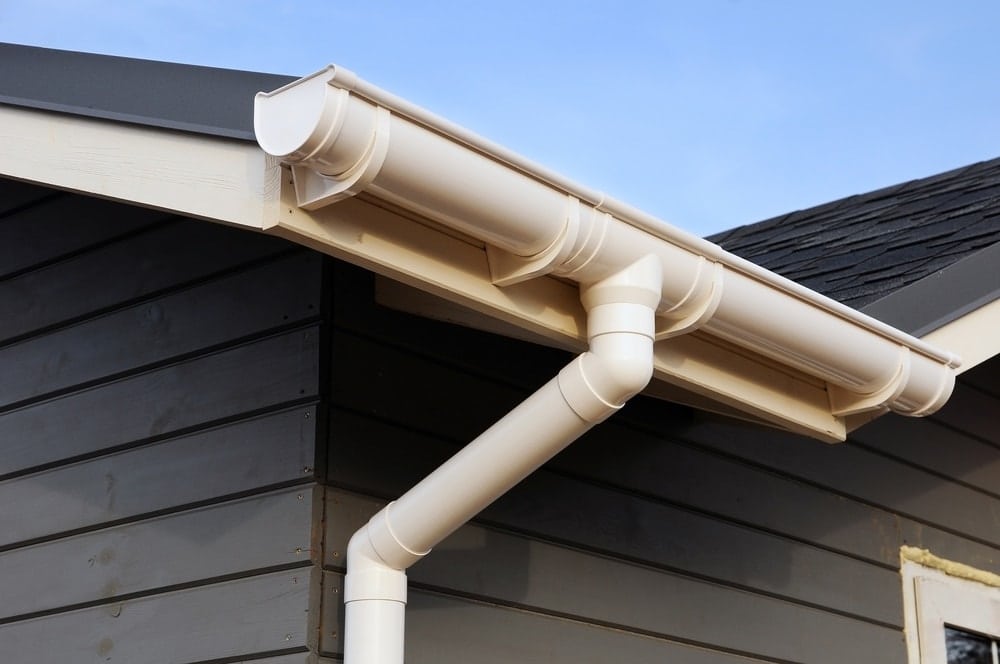What’s The Job Market For Guttering Installation Professionals Like?
Guttering Installation: A Comprehensive Guide
In the realm of home maintenance, guttering is frequently an overlooked however important part. Efficient guttering systems are vital for protecting the structure of a home from water damage. This post aims to supply a detailed overview of guttering installation, its value, numerous gutter types, and the installation procedure itself.

Significance of Guttering
The primary purpose of a gutter system is to handle rainwater overflow effectively. Here are some essential reasons detailing the significance of guttering systems:
- Protection Against Water Damage: Your home’s structure, walls, and garden can suffer serious water damage if rainwater is allowed to pool.
- Avoids Soil Erosion: Well-installed guttering assists prevent soil erosion around the house by directing water away from the foundation.
- Avoids Pest Infestations: Standing water can end up being a breeding place for bugs. Appropriate guttering reduces the probability of insect issues.
- Preserves Landscaping: Guttering helps in handling water flow, which can safeguard plants and grass from being removed during downpours.
Kinds of Guttering
Before starting a guttering installation job, it is necessary to comprehend the various types of gutters offered. Each type features its own advantages and is fit for various needs. Below is a list of typical gutter types:
-
K-Style Gutters:
- Shape: Flat bottom with an ornamental front.
- Product: Typically made from vinyl, aluminum, or steel.
- Benefits: Can handle a large volume of water and come in different sizes.
-
Half-Round Gutters:
- Shape: Semi-circular in kind.
- Material: Commonly made from copper or aluminum.
- Benefits: Adds a traditional visual however may not handle big volumes of water as efficiently as K-Style gutters.
-
Box Gutters:
- Shape: Box-shaped and typically integrated into the structure of the roof.
- Product: Usually made from metal.
- Advantages: Excellent for big roofs but needs a skilled installer.
-
Seamless Gutters:
- Shape: Continuous guttering without joints.
- Product: Generally made from aluminum or vinyl.
- Advantages: Reduces leaks and maintenance because there are less joints.
Gutter Material Comparison Table
| Gutter Type | Product Options | Life-span | Cost | Maintenance |
|---|---|---|---|---|
| K-Style | Aluminum, Vinyl, Steel | 20-30 years | Medium | Low |
| Half-Round | Copper, Aluminum | 30-50 years | High | Medium |
| Box | Metal | 20-30 years | High | Medium |
| Seamless | Aluminum, Vinyl | 20-30 years | Medium | Low |
Guttering Installation Steps
Setting up gutters may sound daunting, but with the best approach and tools, it can be a manageable task. Below are the steps typically involved in gutter installation:
-
Planning and Measurement:
- Measure the perimeter of the roof to figure out just how much gutter material you’ll need.
- Identify downspout areas.
-
Event Materials and Tools:
- Purchase gutter areas, downspouts, brackets, and end caps.
- Tools needed include a measuring tape, level, power drill, and hanger spikes.
-
Cutting the Gutters:
- Cut the gutters to the necessary lengths using a hacksaw or a specialized gutter cutter.
-
Installing the Hangers:
- Begin installation at one end of the roof line.
- Area the hangers around 24 inches apart.
-
Hanging the Gutters:
- Attach the gutters to the hangers utilizing screws, making sure a small slope towards the downspouts for optimum drainage.
-
Including Downspouts:
- Install downspouts in the predetermined locations, connecting them securely to the gutter system.
-
Sealing and Testing:
- Seal joints and joints with silicone caulk to prevent leakages.
- Evaluate the system by running water through it to ensure proper drainage.
Tools Needed for Guttering Installation
- Measuring Tape
- Level
- Power Drill
- Gutter Cutter (or Hacksaw)
- Silicone Caulk
- Ladder
Maintenance Tips for Guttering Systems
Correct maintenance of gutter systems is essential for their durability and efficiency. Here are some maintenance tips:
-
Regular Cleaning:
- Clean gutters at least two times a year to eliminate leaves and particles.
-
Examinations:
- Regularly examine gutters for indications of wear, rust, or damage.
-
Look for Blockages:
- Ensure downspouts are clear and not blocked by dirt or plant matter.
-
Consider Guards:
- Gutter guards can help lessen debris accumulation, decreasing cleaning frequency.
Frequently Asked Questions about Guttering Installation
1. How typically should I clean my gutters?
It is usually advised to clean your gutters a minimum of two times a year, ideally in the spring and fall, or regularly if you live near a lot of trees.
2. Can I set up gutters myself?
Yes, if you have the right tools and follow the appropriate actions, you can set up gutters yourself. However, if uncertain, think about hiring a professional.
3. What is the best product for gutters?
Aluminum gutters are economical and resistant to rust. Copper gutters offer sturdiness however come at a greater rate. The choice mostly depends on budget, aesthetics, and local climate.
4. How do I understand if my gutters need to be changed?
Look for indications such as rust, cracks, drooping, or consistent overflowing during rain. If repairs are regular, replacement might be needed.
5. What is the cost of gutter installation?
Costs differ considerably based upon product and installation trouble, however typical setups can range from ₤ 5 to ₤ 15 per linear foot.
An efficient guttering system is vital for home protection versus weather-related damages. Comprehending the types, installation procedure, and maintenance practices boosts the performance and life expectancy of your gutters. Armed with this details, house owners can make informed choices about guttering installation and ensure their property remains safe and aesthetically attractive. Whether selecting to carry out a DIY task or looking for professional aid, effective guttering will pay dividends with time in safeguarding your home and landscaping from water damage.